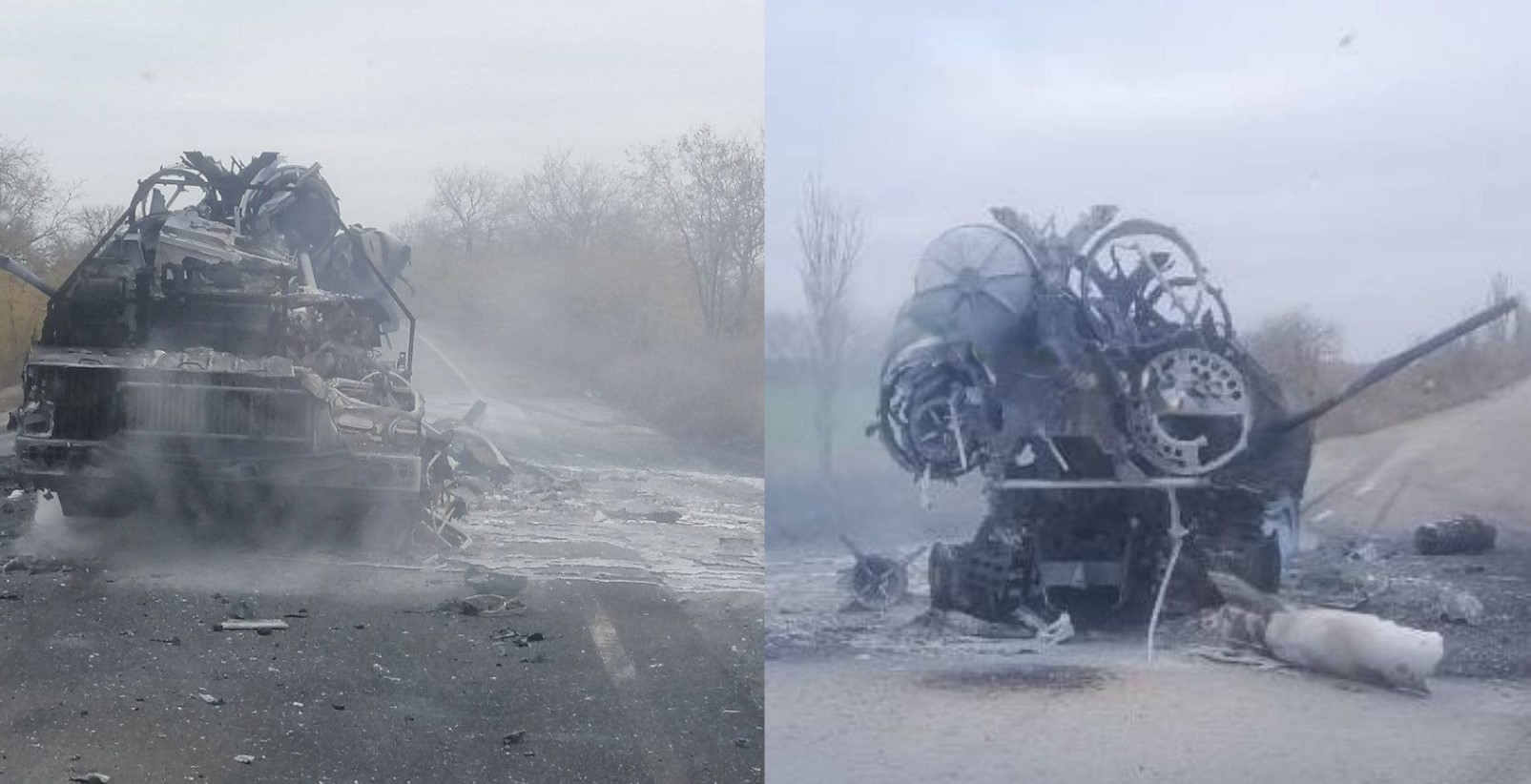
The S-400 Triumph air defense system in the Russian army replaced the Soviet-Russian S-300 air defense system and is essentially its evolution with enhanced combat capabilities.
With the introduction of the S-400, Russia actively promoted its export. Russian propaganda, at all levels, disseminated materials claiming that this air defense system is among the most powerful in the world.
However, the Russian-Ukrainian war, which entered a new phase in February 2022, revealed the actual capabilities of these weapons, particularly in their confrontation with Ukrainian loitering munitions in occupied Crimea.
The Russian S-400 Triumph anti-aircraft missile system, developed and manufactured by JSC Concern VKO ‘Almaz-Antey,’ was adopted by the Russian Federation in April 2007. It was developed based on the S-300 system, which originated during the days of the USSR. However, this system boasts significantly improved tactical and technical characteristics.
The manufacturer claims that the S-400 air defense system is designed to engage strategic and tactical aircraft, ballistic and cruise missiles, and other airborne threats even under conditions of electronic countermeasures. According to open sources, as of 2021, S-400 air defense systems had replaced 70% of the outdated S-300 SAMs in the Russian army, with approximately 576 launchers in service.
In its basic configuration, the S-400 SAM system retains the structure of the S-300, including a panoramic radar detection system, separate launchers, and autonomous detection and targeting components (radar detection stations).
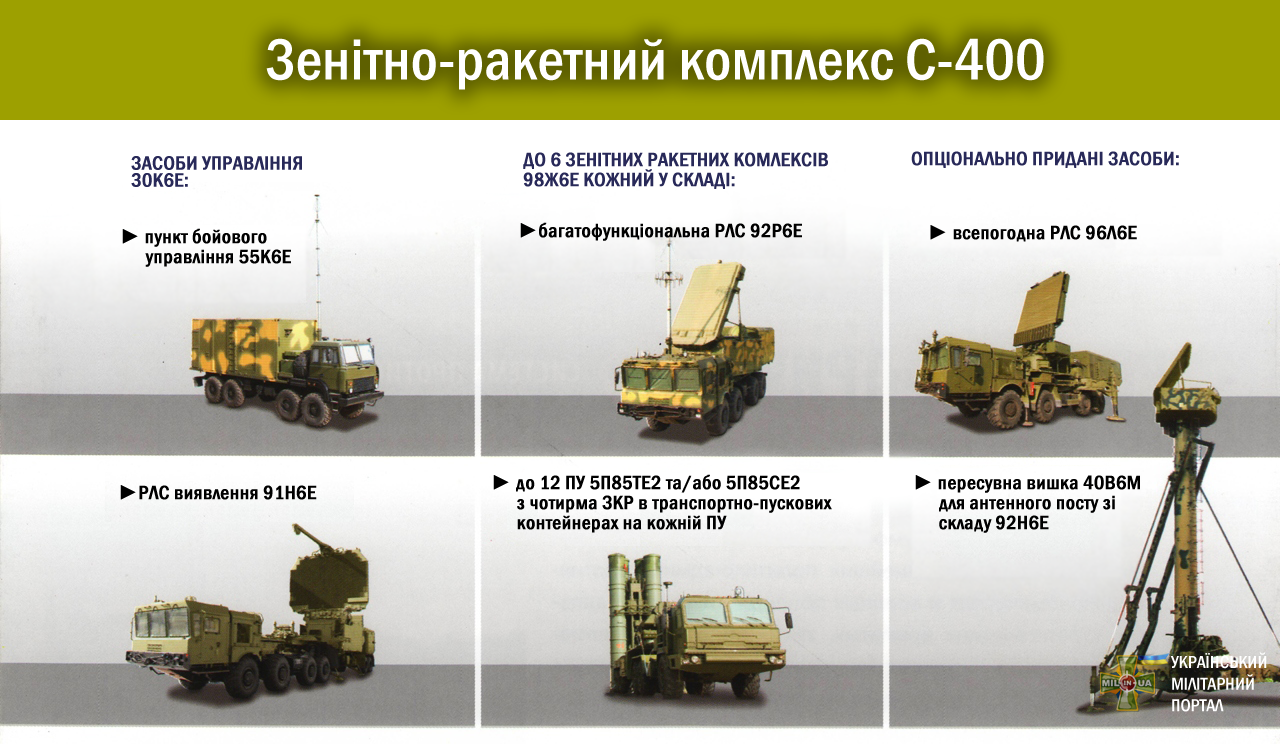
Each self-propelled launcher carries four launch pod containers with anti-aircraft missiles, the control and launch of which are performed automatically by command from the command post.
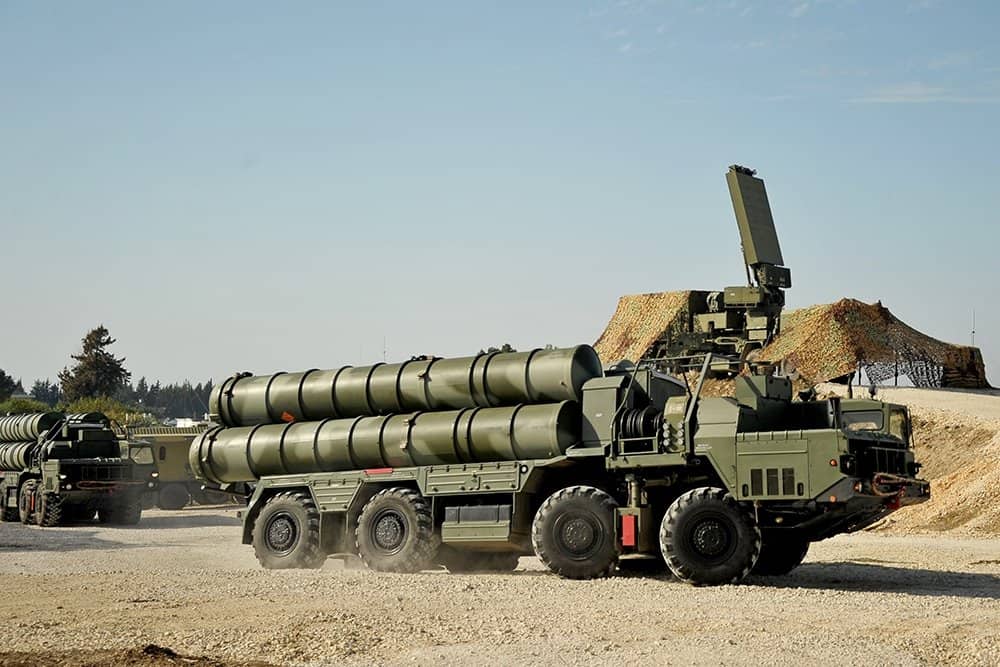
The air defense system is armed with two types of anti-aircraft missiles: 48N6 and 9М96 of different modifications. The missile in the 40N6Е version, which was adopted in 2018, is allegedly capable of striking aerodynamic targets at a distance of up to 380 km at altitudes of up to 30-35 kilometers. They can also strike ballistic targets at a maximum range of 60 km. Each launcher can be equipped with four such missiles.
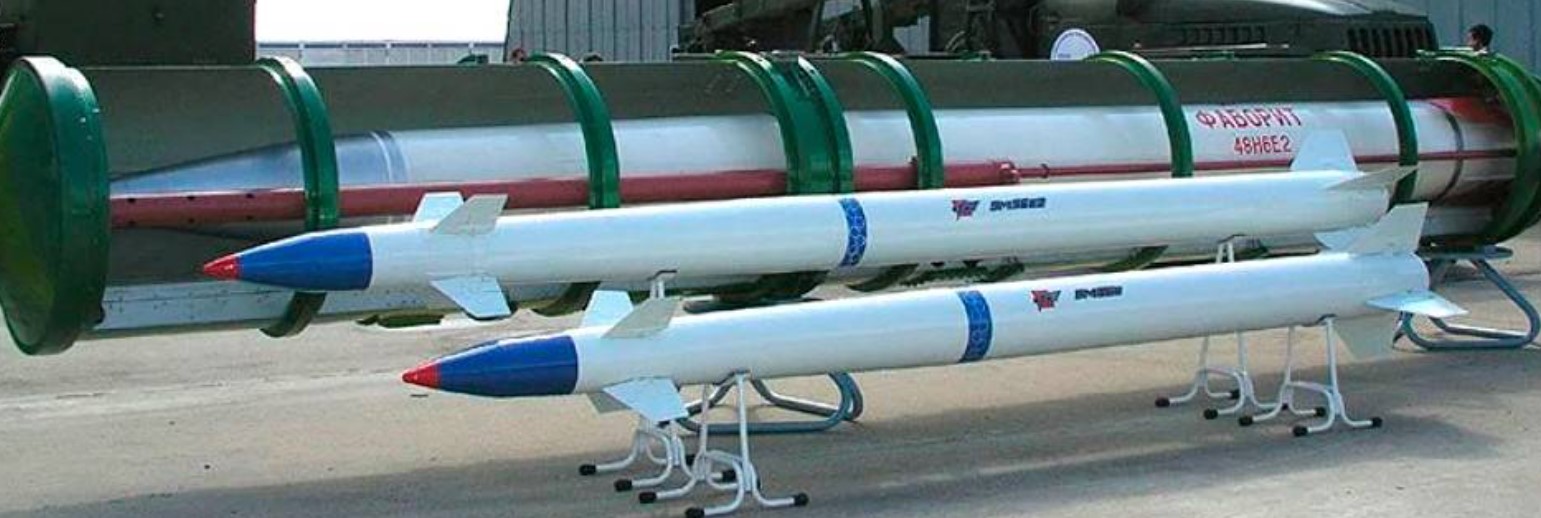
In turn, 9М96Е and 9М96Е2 anti-aircraft missiles can fight aircraft and tactical ballistic missiles at shorter distances, including at ultra-low altitudes. In 9М96Е, the maximum range of air targets’ defeat is 40 km at an altitude of up to 20 km. The 9М96Е2 missile can allegedly fight targets at a distance of 120 km and at an altitude of up to 30 km. Each launch pod container accommodates four such missiles. That is, each individual launcher of the S-400 air defense system can be equipped with 16 9М96Е/9М96Е2 missiles at once.
In addition to the fact that the Russian army began to rearm with the S-400, the Russians, after the appearance of this SAM, began to actively promote it on the foreign market.
China
The first foreign customer of the S-400 anti-aircraft missile system was China (PRC). The contract was signed in 2014. And already in April 2018, the delivery of the first regiment was officially announced. In total, the PRC army is armed with four battalions of this air defense system.
Turkey
The second customer was Turkey, which for a long time was looking for opportunities to purchase long-range air defense systems. In 2017, a four-battalion (32 launchers) contract worth $2.5 billion was awarded. In July 2019, the Ministry of Defense of the Republic of Turkey announced the beginning of the supply of Russian S-400 air defense systems and their integration into its air defense. And at the same time, she tested the capabilities of the S-400 on military aircraft purchased earlier from the United States. In August 2020, it became known that Turkey would receive a second set of Russian anti-aircraft missile system S-400. However, the date of a new contract is currently unknown.

In December 2020, the United States imposed sanctions against Turkey’s Defense Industry Secretariat. As a result of the purchase of Russian air defense systems, the country was excluded from the global partnership for the F-35 fifth generation fighters. And already in July 2020, the United States officially bought eight multifunctional F-35A Lightning II fighters, previously produced by the American company Lockheed Martin under a contract with Turkey.
India
India has become the largest buyer of Russian S-400. In October 2018, Moscow and New Delhi signed a contract to supply five regimental sets of S-400 Triumph anti-aircraft missile systems worth $5.5 billion. First battalion transfer at the end of 2021.
In March 2021, the US Secretary of Defense warned his Indian counterpart about possible sanctions over the purchase of these Russian air defense systems. The issue was discussed as part of a search for allies to confront China in the region. The head of the Pentagon stressed that Washington asks all its partners to refrain from buying Russian weapons in order to avoid sanctions.
Iran
Another operator of the Russian S-400 air defense system may be Iran, which is an ally of Russia and helps it in the war with Ukraine, providing comprehensive support, including supplying the Shahed loitering munition and technology for its production. In September 2023, the media reported that Iran could receive modern long-range anti-aircraft missile systems from the Russian Federation.
It is worth noting that in May 2019, Bloomberg reported that Russia allegedly refused Iran a request to supply S-400 air defense systems. Such a decision was allegedly caused by fears that such deliveries could lead to an additional aggravation of the tense situation in the Middle East.
With the start of a large-scale invasion of Ukraine by the Russian Federation, S-400 air defense systems, together with other Russian air defense systems, cover invasion troops and strategic facilities in temporarily occupied territories to counteract Ukrainian aviation, missile strikes, and the use of reconnaissance and strike drones.
Also, S-400 and S-300 anti-aircraft missile systems are used by the Russians as ballistic missiles for indiscriminate attacks on military and civilian facilities, which often lead to civilian casualties.
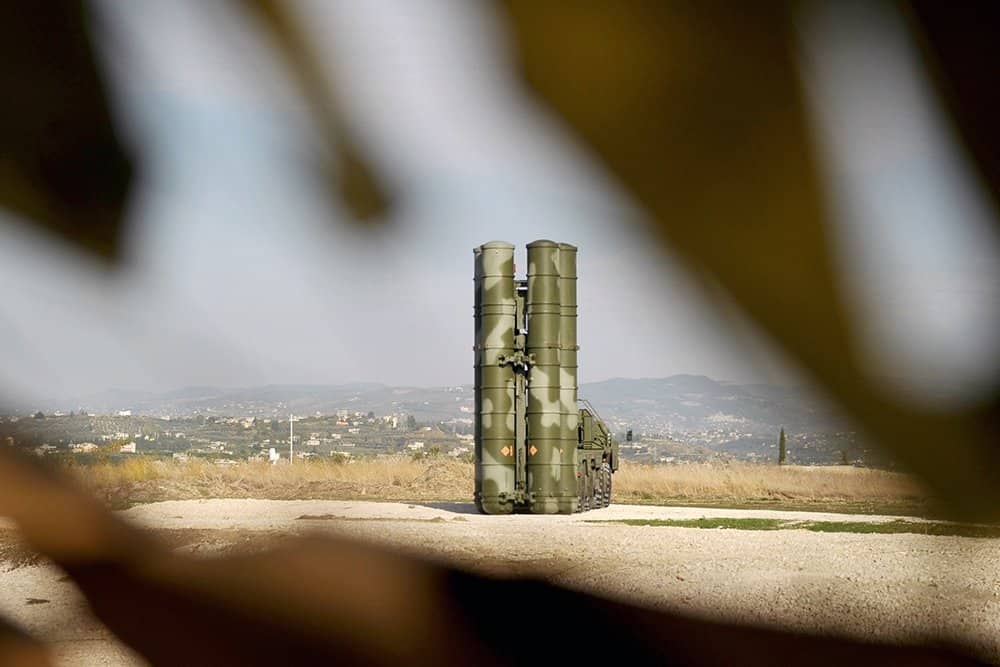
Due to the warhead, which contains a large number of striking elements, the 48N6 anti-aircraft missile can be effective against stationary ground targets, for example, unprotected depots, personnel in open areas, automotive equipment in open areas, and civilian infrastructure. It has become common practice for the Russian army to use long-range air defense systems for such strikes.
Destruction of S-400 in Crimea
In less than a month, on the territory of the temporarily occupied peninsula of Crimea, elements of the Russian S-400 Triumph air defense systems were hit twice.
So, in the early morning of September 14, 2023, the S-400 near Yevpatoria was hit. According to sources in the Ukrainian special services, Ukrainian cruise missiles from the Neptune system and kamikaze drones were used to strike enemy equipment. According to interlocutors, at first the SSU`s drones hit the “eyes” of the SAM – radar and antennas. And after that, the Ukrainian Navy unit with two Neptune cruise missiles hit the launchers of the S-300/S-400 air defense complexes.
Locals heard a series of powerful explosions and the sounds of gunfire, and also observed high flames from a large-scale fire. On social media, eyewitnesses published many videos. On the frames of one of them, you can really see the results of the defeat of the anti-aircraft system, which are similar in characteristics.
After hits, you can observe a strong white smoke from the burning of rocket fuel and the sounds of the detonation of missile warheads. Also on the video was the moment of an abnormal launch of an anti-aircraft missile, which immediately after launch fell to the ground. The Russian air defense system was guarded from drone strikes by SHORAD systems (possibly Pantsir-S air defense systems) or heavy machine guns. The video shows them trying to shoot down objects in the sky, probably drones, but this did not protect the system from defeat.

On the outskirts of Evpatoria, where explosions were observed, the positions of the Russian S-300/S-400 anti-aircraft missile systems are located. Their presence was recorded using satellite images on August 28 between the settlements of Zaozerne and Molochne.
Subsequently, satellite images appeared indicating burning on the territory of the military facility of the aggressor state, where air defense systems were deployed.

It should be noted that this position of Russian air defense in the occupied Crimea was “declassified” by vacationers last year. They photographed SAM launchers on the coast.
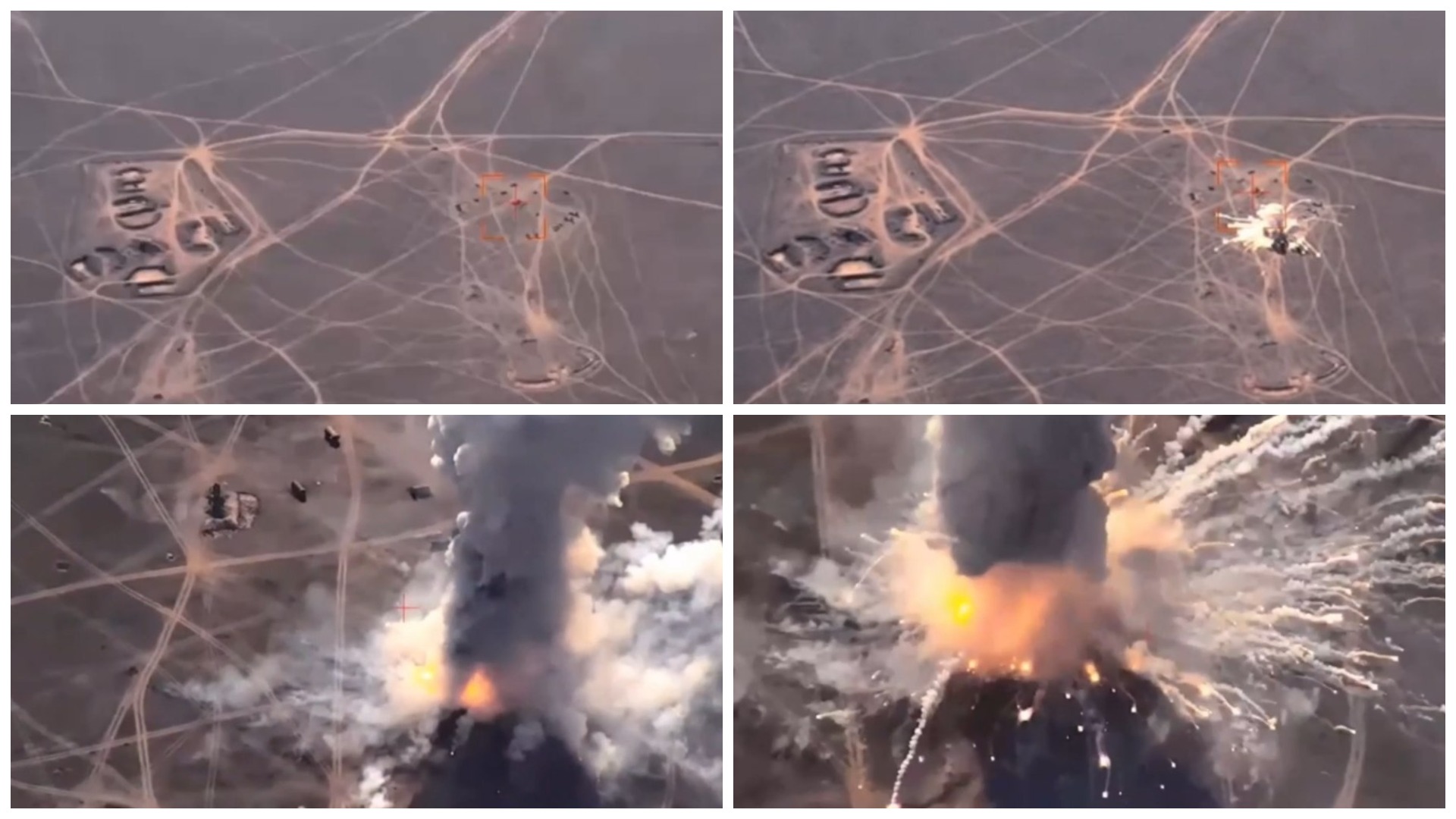
A preliminary strike on the S-400 in the occupied Crimean peninsula took place on August 23 in the morning near the village of Olenivka on Cape Tarkhankut. The video of the destruction of the enemy air defense system and the powerful fire that accompanied it was published by the Defence Intelligence of the Ministry of Defense of Ukraine.
In general, the footage shows the destruction of two S-400 air defense launchers at once, which covered the airspace over the western part of the occupied Crimean Peninsula. The DIU reported that, along with equipment, the personnel of the Russian occupation army were also destroyed. Ukrainian intelligence did not report what kind of weapons were destroyed by this Russian air defense system.
In Kherson region
In July, it became known that the Ukrainian military had disabled key vehicles of the Russian S-400 anti-aircraft complex with artillery fire. The 5P85SM2-1 self-propelled launcher and the 92N6Е multifunctional radar were destroyed.
The strike was carried out by the HIMARS rocket system of the Ukrainian Defense Forces. Presumably, when the vehicles of the system were deployed in a new position. This is evidenced by the fact that the vehicles was in a transport position.
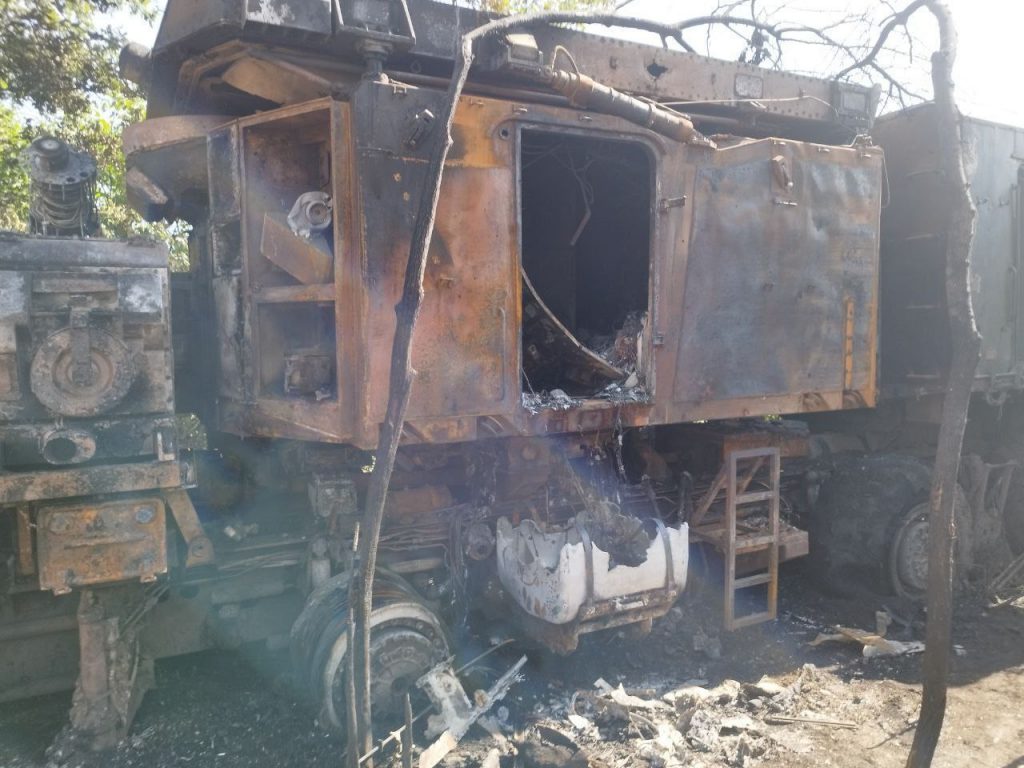
The 92N6Е multifunctional radar with phased antenna array has the ability to detect up to 100 targets and accurately track up to 6 targets at a distance of 400 km and an altitude of up to 30 km.
The 92N6Е radar is the response of the entire SAM battery, which includes three to six launchers. It performs tasks to search for air targets, their track, identification, and subsequent lock-on and targeting of an anti-aircraft guided missile. The destruction of the radar disables the entire battery.

Also as a result of the strike, a 5P85SM2-1 self-propelled launcher based on the chassis of the MZKT-543М truck was destroyed. The vehicle is equipped with four transport and launch containers with anti-aircraft missiles.
In May, Militarnyi published a photo of the destroyed Russian 55К6Е command post. He was hit during a HIMARS strike on a temporary weapon storage point of the Russian army in the occupied part of the Kherson region.

This was the first known instance of the destruction of this type of enemy equipment.

The 55К6Е command post is designed for automated control and coordination of the components of the S-400 air defense system. The system is built on a modern element base. The point is located on the chassis of the four-wave Ural-5323 truck.
In Zaporizhzhia
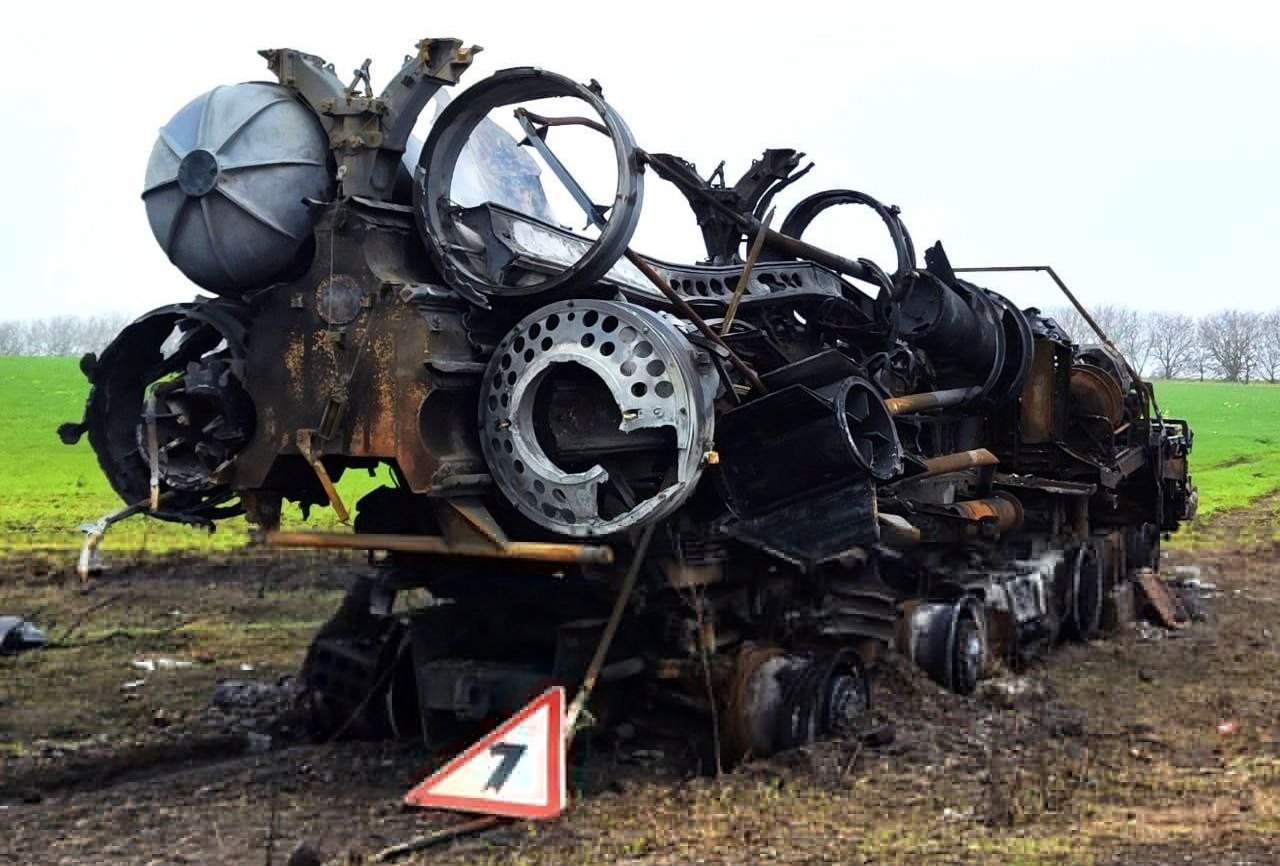
The first visual confirmation of the Russian loss of a S-400 large and medium range anti-aircraft missile system was recorded in the fall of 2022.
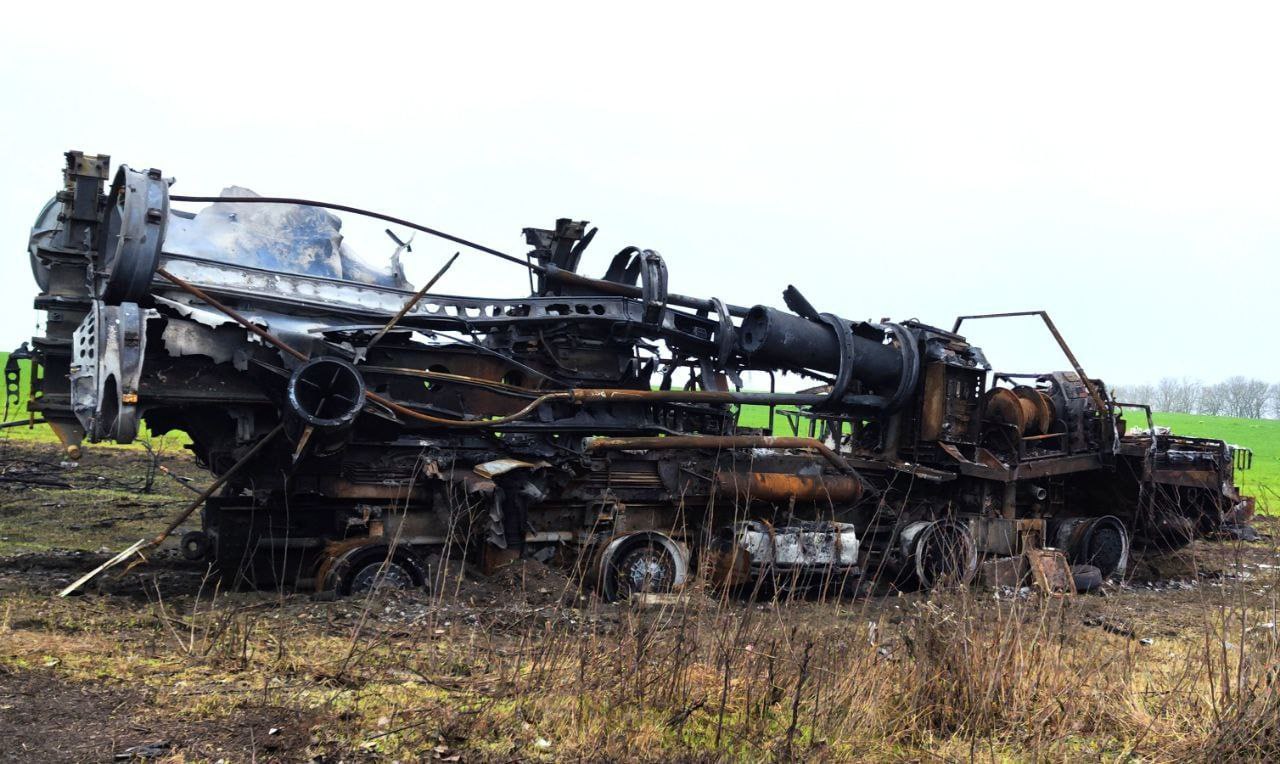
The 5P85SM2-01 launcher was destroyed in the Zaporizhzhia region. Russian forces lost their system during the march near the village of Ilyine. The distance from this place to the contact line was then about 60 kilometers.
On the territory of the Russian Federation
Also, presumably, one radar from the S-400 air defense complex was hit in October 2022 near the airport of the Russian city of Belgorod. The airport is used by Russian military aviation for the war against Ukraine.
Despite Russian propaganda claims about the capabilities of the S-400 air defense complex, the hostilities in recent months have shown its shortcomings in the fight against modern air threats.

In the Russian concept of use, long-range air defense systems should be covered by short-range air defense systems, such as Pantsir-S1 or Tor air defense systems. However, due to the increasing attacks of kamikaze drones on the territory of Russia, the military of the aggressor countries is forced to use these systems to protect important and strategic objects in the occupied territory, as well as around Moscow and other regions adjacent to Ukraine. This reduces the ability of the Russians to cover the deployment sites of powerful SAMs and makes them a good target for kamikaze drones or Ukrainian cruise missiles.
And increasing losses force the Russians to take air defense systems even from distant regions of Russia and transfer them closer to the front. Leaving large areas inland unsheltered.
It is worth recalling that as soon as the Armed Forces of Ukraine received Patriot air defense systems, they immediately shot down very heavy Russian Kh-47M2 Kinzhal hypersonic missiles for interception.
The failures of Russian systems reduce demand among potential international customers who have seen in practice what Russian weapons are capable of.
Of course, there is no need to downplay the threat to Ukrainian aviation from the Russian S-400. But the hard work and successful operations of all branches that are part of the Ukrainian Defense Forces to destroy Russian air defense systems will allow the Armed Forces to more effectively use weapons. Including Ukrainian and foreign cruise missiles.
And with the introduction into service of the Air Force of the Armed Forces of the Armed Forces of F-16 fighters, it will be possible to further disable Russian air defense systems due to the effective use of AGM-88 HARM anti-radiation missiles.
Підтримати нас можна через:
Приват: 5169 3351 0164 7408 PayPal - [email protected] Стати нашим патроном за лінком ⬇
Subscribe to our newsletter
or on ours Telegram
Thank you!!
You are subscribed to our newsletter